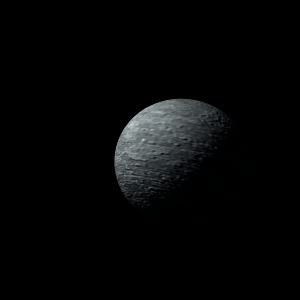|
|
Space Astro
|
Info for exoplanet "Byoma"
| Scientific (actual) data |
|---|
| Name | XO-7 b |
| Planet status | Confirmed |
| Planet mass | 0.726 |
| Radius | 1.346 |
| Orbital period | 2.86413 |
| Semi major axis | 0.04329 |
| Orbit eccentricity | 0.038 |
| Inclination | 83.23 |
| Discovered | 2019 |
| Updated | 2024-09-06 |
| Tzero tr | 2458780 |
| Lambda angle | 0 |
| Impact parameter | 0.742 |
| K | 80.5 |
| Temperature (kelvin) | 1612 |
| Publication | Published in a refereed paper |
| Detection type | Primary Transit |
| Mass measurement type | Radial Velocity |
| Radius measurement type | Primary Transit |
| Alternate names | TOI-1612.01 |
| Star name | XO-7 |
| Right ascension | 277.23° |
| Declination | 85.23° |
| Mag v | 10.5 |
| Star distance | 234.1 |
| Star metallicity | 0.41 |
| Star mass | 1.405 |
| Star radius | 1.48 |
| Star sp type | G0V |
| Star age | 1.18 |
| Star temperature | 6000 |
| Star alternate names | BD+85 317 |
| Wikipedia article | XO-7 b |
Back
| |
| Fictional info (?) |
|---|
| Suggested name | Byoma |
| Planet type | Hot gas giant |
| Its orbital period around XO-7 of 2.9 earth days is the longest of all the planets in its solar system.
It was the one of the first exoplanets visited by a spacecraft, and one of the first to be successfully landed on. |
| Atmosphere | Neon | 75% |
| Hydrogen deuteride (HD) | 24% |
| Hydrogen | 0.00057% |
| Atmospheric pressure | 0.001 bar |
 |
| No known satellites |
| Google search for Byoma |
|
Website by Joachim Michaelis
|
|
|
|